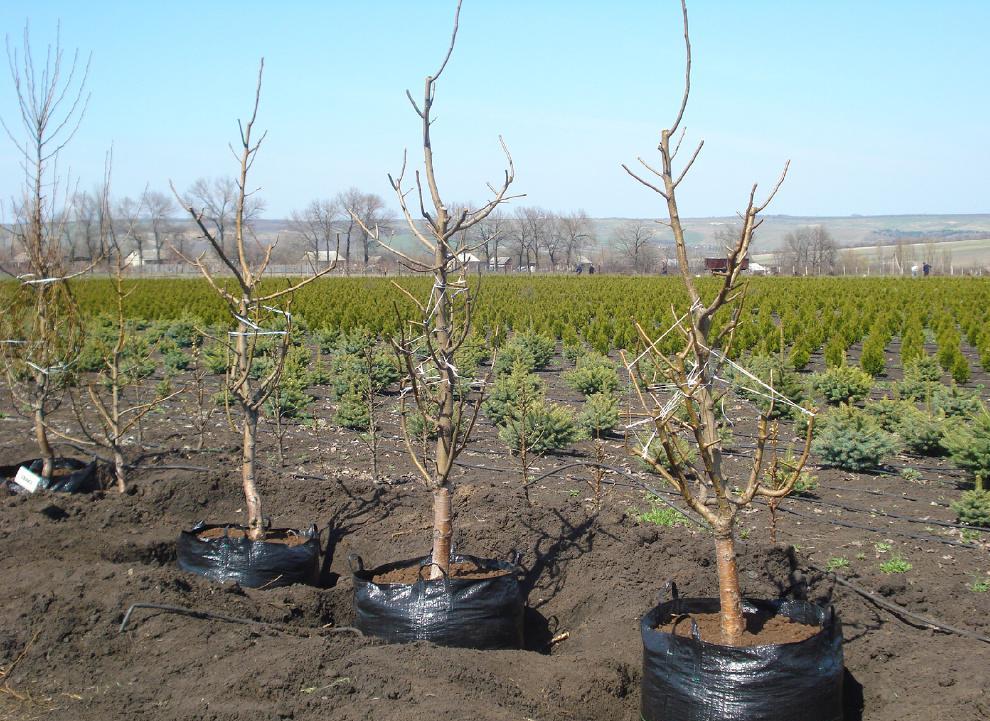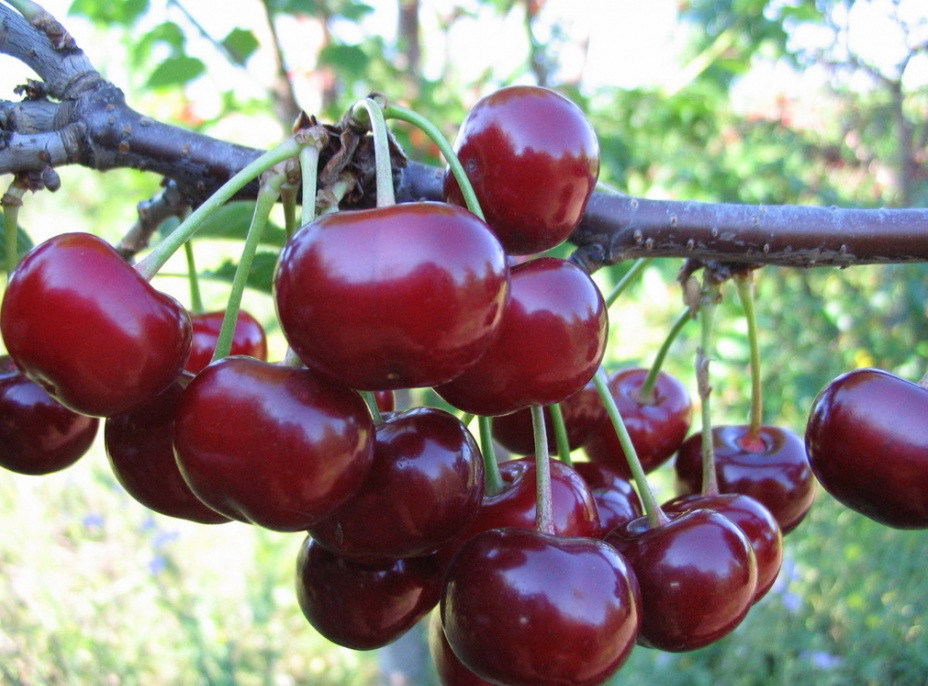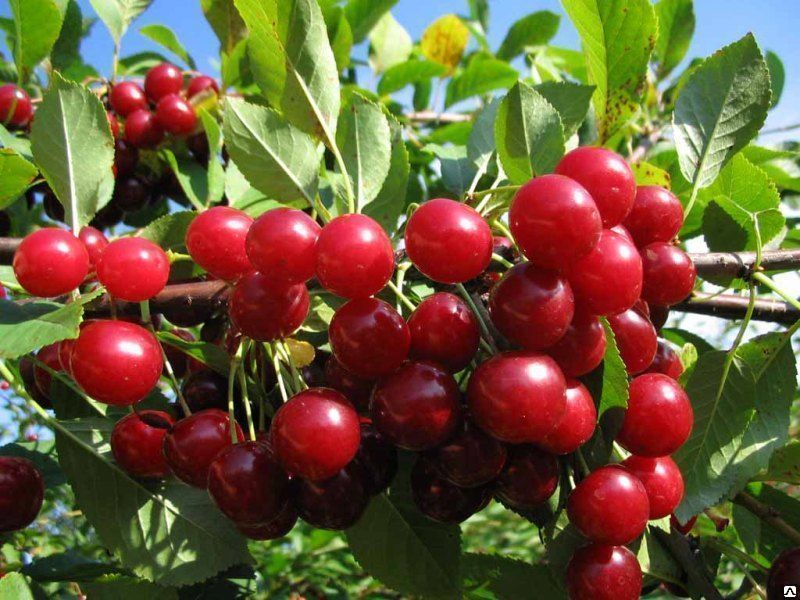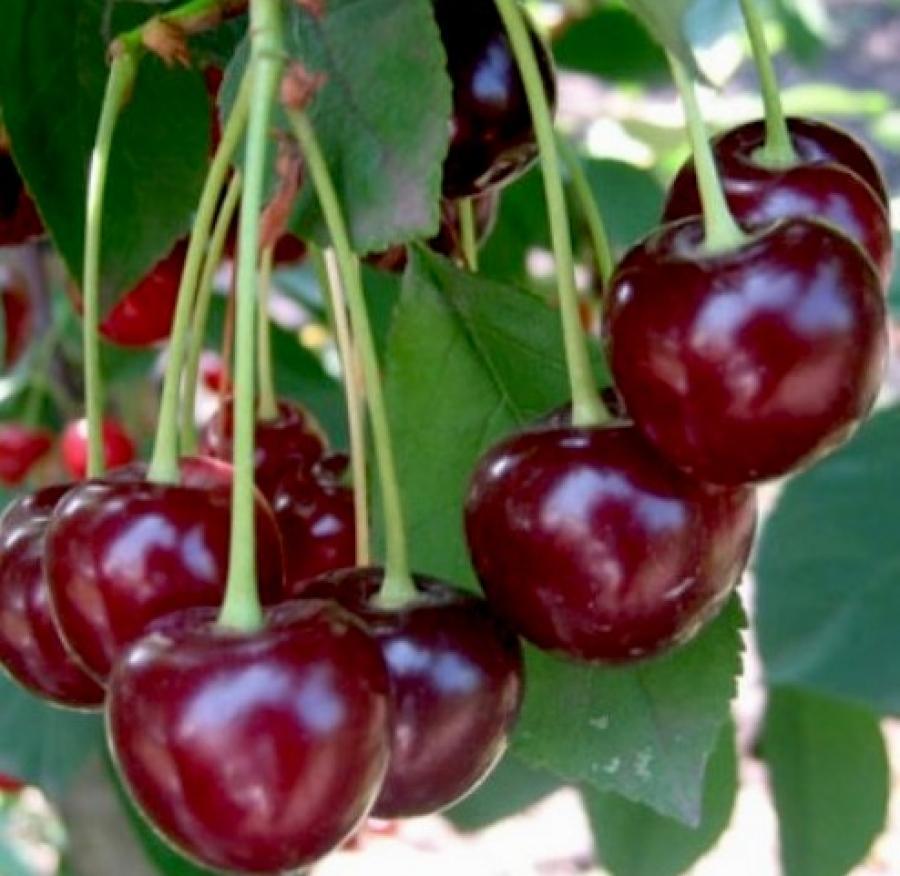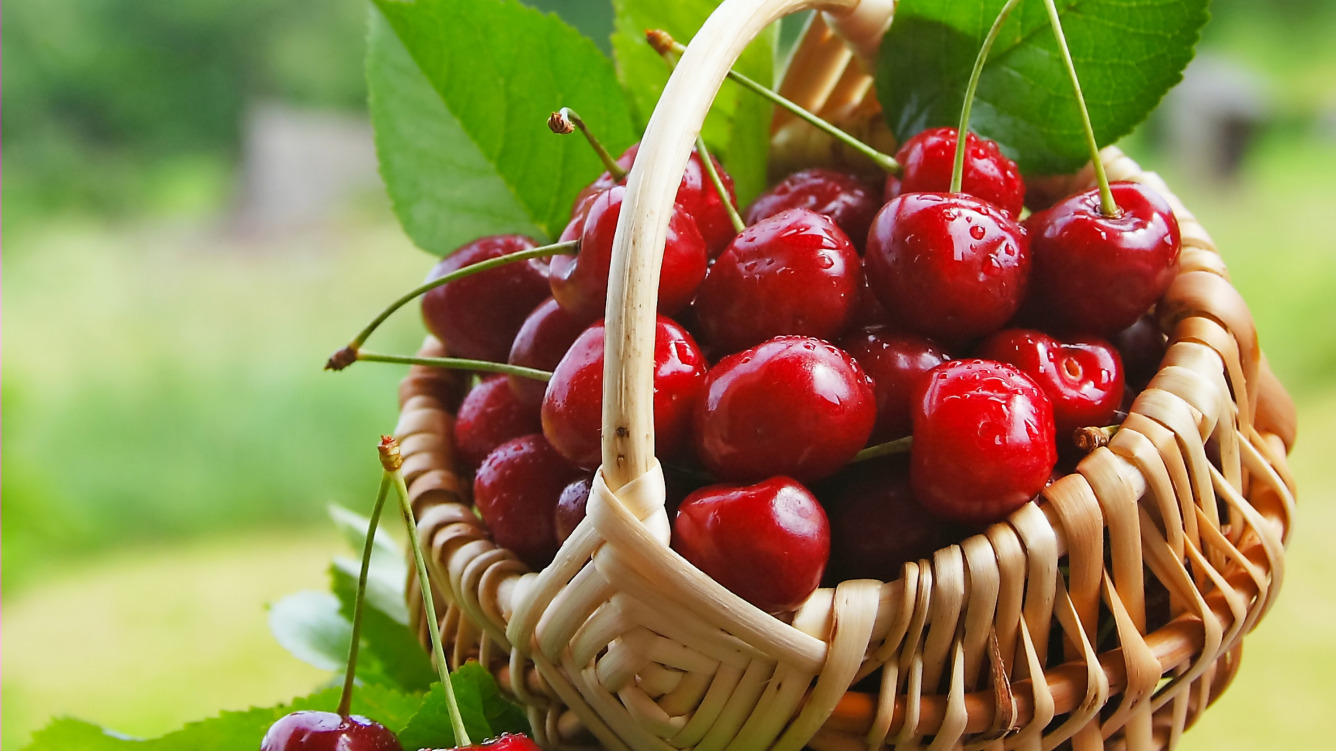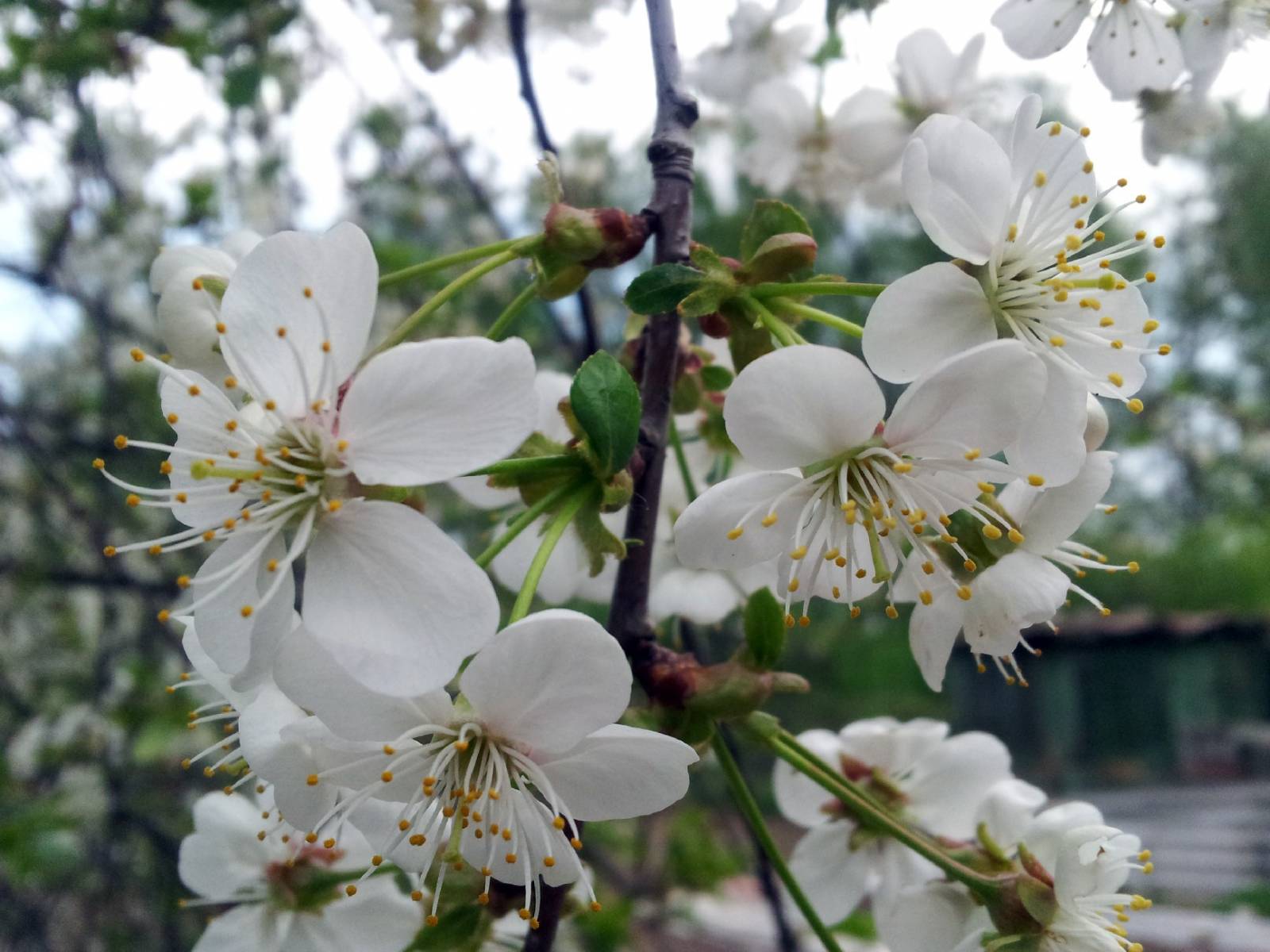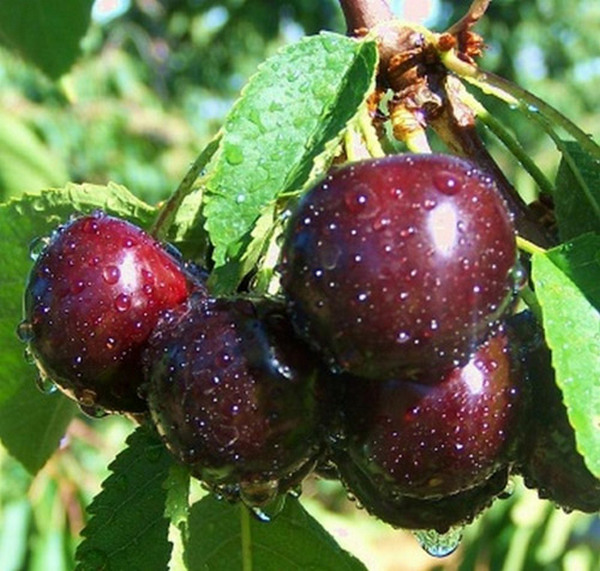Cherries are the favorite of many gardeners. There are many varieties on the market now. Everyone will be able to choose the best option for themselves, taking into account the characteristics and taste preferences. To obtain a good harvest, it is necessary to select zoned varieties.
The Crimson cherry variety has proven itself well among amateur gardeners. It is obtained from crossing the varieties Vladimirskaya and Shubinka. Originator - VSTISP. Registered in 1965
Cherry Crimson: description and characteristics of the variety
Bushy tree, belongs to the family Rosaceae, low - up to 2 m, with a dense, compact spherical crown. The leaves are dark green, with a slight gloss, the edge of the leaf is finely toothed. Blooms in the third decade of May.
Fruits are large enough (weight 3.5-3.7 g), dark cherry color, round. The pulp of the berries is juicy, medium density. The taste is classic, predominantly sweet, with moderate sourness. The stone is difficult to separate from the pulp, the size is medium. The application is universal. It is used fresh, as well as in cooking (for making juices, fruit drinks, compotes, desserts), suitable for canning, for drying, for freezing.
The chemical composition of the fruit includes a whole set of trace elements: potassium, calcium, phosphorus, sodium, magnesium, sulfur, chlorine, iron, zinc, boron, copper, manganese, nickel, fluorine, molybdenum, iodine, cobalt. Berries are rich in the following vitamins: beta-carotene, A, C, E, H, PP, B vitamins.
The yield is high (up to 7-10 kg per tree). Bears fruit annually. The variety is medium early. Self-infertile. Recommended pollinators - Shubinka, Griot Moscow, Pink bottle.
The advantages of the variety:
- early maturing;
- early (harvesting is possible 3-4 years after planting);
- frost resistance above average;
- stable yield;
- good transportability of berries.
Disadvantages:
- self-infertility;
- low immunity to fungal diseases.
Planting is desirable in the spring. Cherries prefer loamy, loamy soil of neutral acidity, rich in nutrients. To increase yields and increase the sugar content in berries, sunny areas are chosen for planting, preferably located on a small elevation. The seedling must not be buried when planting. It is advisable to add horse manure, superphosphate, wood ash to the hole.
Group planting of cherries is recommended. It is imperative to organize the neighborhood with pollinators.
Young cherry plantings provide more intensive watering than adult plants, especially when dry and hot weather is established. In June-July, it is advisable to water it 4-5 times 10 liters each. per plant. Timely watering will have a good effect on the harvest not only of the current year, but also of the next year. since during the fruiting period, flower buds are laid.
Taking care of the tree, taking into account its varietal characteristics, you can harvest an impressive harvest every year.


